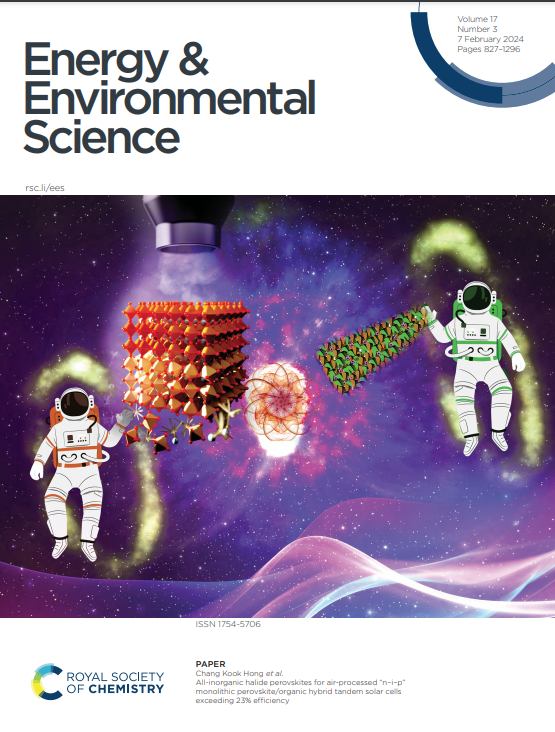Small modification, Striking Improvement: Super-Fast Charging Over a Wide Temperature Range by Simply Replacing n-propyl Acetate with Isopropyl Acetate
IF 32.4
1区 材料科学
Q1 CHEMISTRY, MULTIDISCIPLINARY
引用次数: 0
Abstract
The combination of high-nickel cathodes with lithium metal anodes is widely considered a promising solution to alleviate range anxiety. Alternatively, challenges such as limited fast-charging capacity and rapid degradation persist when using carbonate-based electrolytes. While many researchers predominantly focus on solvation structures, we have strategically tailored the electrolyte formulation by employing isopropyl acetate as the primary solvent, informed by interfacial interactions. Compared to n-propyl acetate, isopropyl acetate reduced the interaction with the electrode surface, promoted tighter adsorption of the electrolyte ion network within the inner Helmholtz layer, and ultimately enhanced the dynamic stability of the lithium metal interface. In Li||NCM811 cells, this electrolyte demonstrates a 4.5 V cutoff and sustains 88.6% capacity retention over 200 cycles at a high rate of 15 C. Additionally, this electrolyte demonstrates stable cycling performance at elevated rates of 1 C and 5 C at temperatures of 60 °C and -20 °C respectively, while maintaining stability even at a rate of 10 C under poor electrolyte conditions with thin lithium layers-indicating significant application potential. These studies reveal that the electrolyte distribution at the electrode interface affects the electrochemical process and the formation of the electrode-electrolyte interphase significantly, offering new ideas for future electrolyte research and design.求助全文
约1分钟内获得全文
求助全文
来源期刊

Energy & Environmental Science
化学-工程:化工
CiteScore
50.50
自引率
2.20%
发文量
349
审稿时长
2.2 months
期刊介绍:
Energy & Environmental Science, a peer-reviewed scientific journal, publishes original research and review articles covering interdisciplinary topics in the (bio)chemical and (bio)physical sciences, as well as chemical engineering disciplines. Published monthly by the Royal Society of Chemistry (RSC), a not-for-profit publisher, Energy & Environmental Science is recognized as a leading journal. It boasts an impressive impact factor of 8.500 as of 2009, ranking 8th among 140 journals in the category "Chemistry, Multidisciplinary," second among 71 journals in "Energy & Fuels," second among 128 journals in "Engineering, Chemical," and first among 181 scientific journals in "Environmental Sciences."
Energy & Environmental Science publishes various types of articles, including Research Papers (original scientific work), Review Articles, Perspectives, and Minireviews (feature review-type articles of broad interest), Communications (original scientific work of an urgent nature), Opinions (personal, often speculative viewpoints or hypotheses on current topics), and Analysis Articles (in-depth examination of energy-related issues).
 求助内容:
求助内容: 应助结果提醒方式:
应助结果提醒方式:


